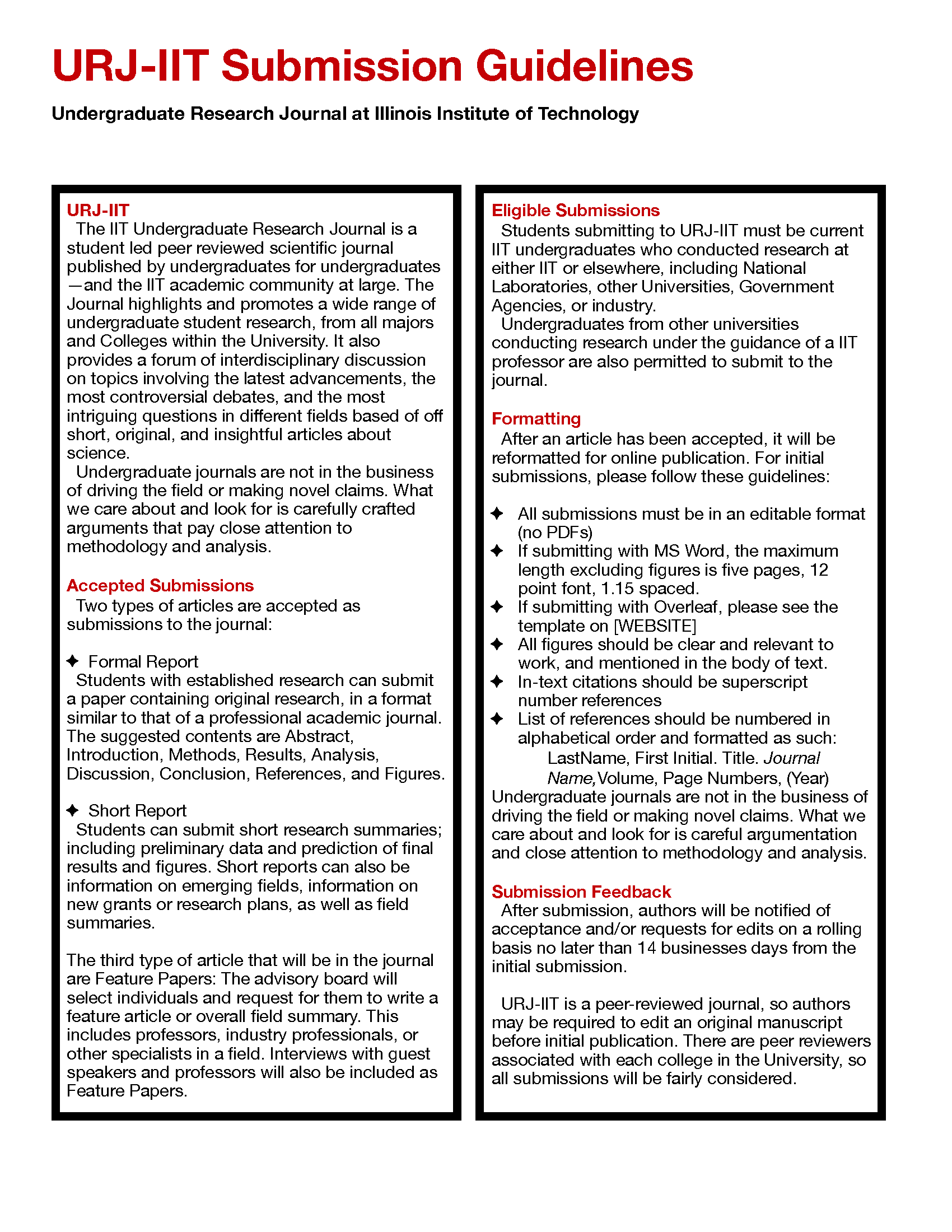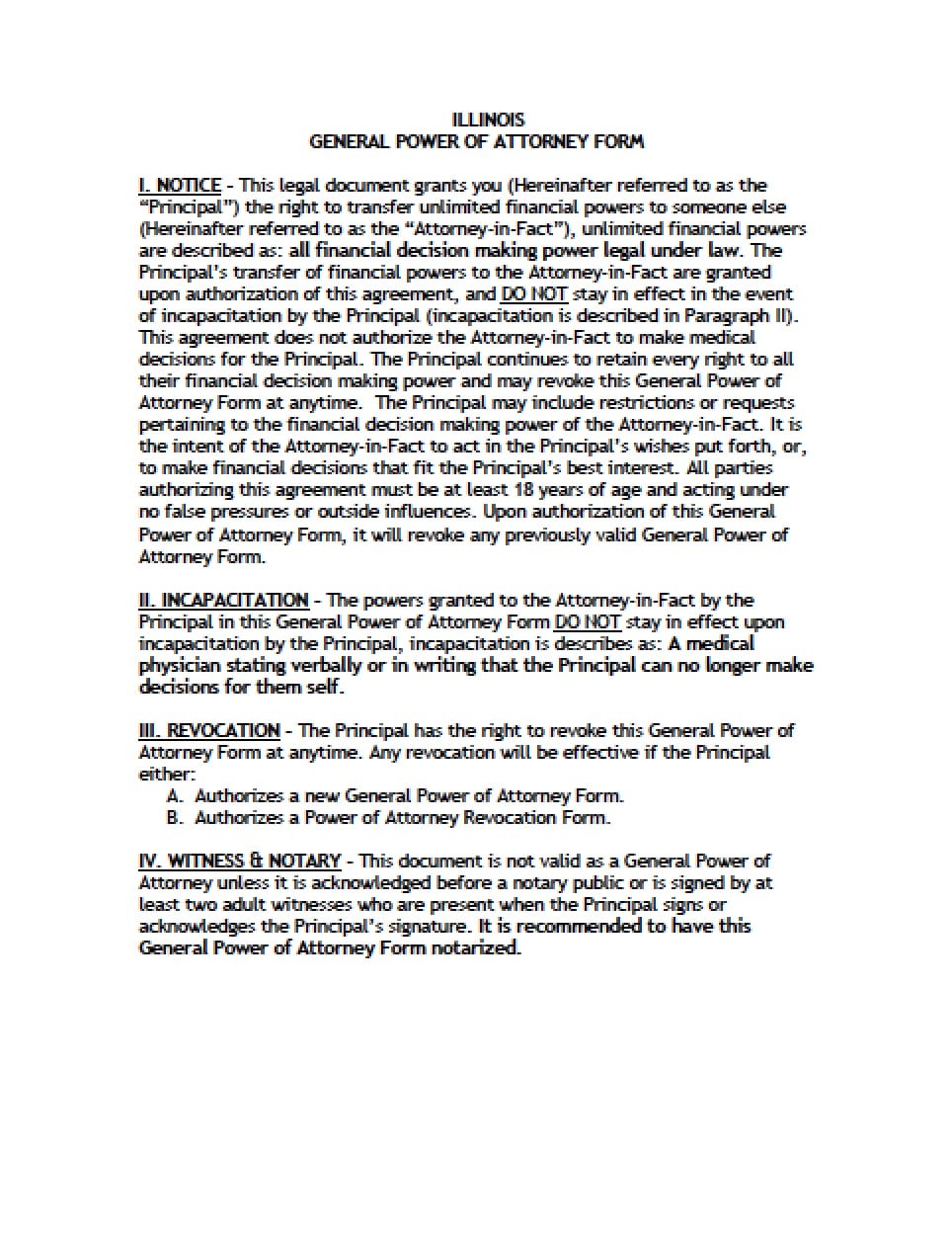

The figure below shows the number of days with precipitation of 2 inches or greater in Illinois between 19, averaged over 5-year periods. Precipitation has also gotten more intense, as the number of 2-inch rain days in Illinois has increased by 40% since the beginning of the 20th century.All seasons have gotten wetter across the state, but the majority of the increase in precipitation in southern Illinois has come in the spring (March to May), while most of the change has come in summer (June to August) precipitation in central and northern Illinois.This is equivalent to a 12 to 15% increase in total annual precipitation. Total annual precipitation has increased by 5 inches over the past 120 years. Precipitation has increased across Illinois.Trends are calculated using observations between 19. Maps show trends in daily average temperature in degrees Fahrenheit per decade by season and county in Illinois. The units of change are in degrees Fahrenheit per decade. The maps below show the change in average daily temperature between 19 in each season by county in Illinois. Winter and spring temperatures in Illinois have increased by 2 to 3 degrees Fahrenheit, while summer temperatures have increased very little since the beginning of 20th century. There has been seasonal variation in warming.Overnight minimum temperatures have increased more than daytime maximum temperatures. Average daily temperature in Illinois has increased by 1 to 2 degrees Fahrenheit.According to high quality climate monitoring data from the NOAA Centers for Environmental Information, over the past 120 years: Overall, Illinois’ climate has gotten warmer and wetter since the start of the 20th Century.

Regional climate change, such as that experienced here in Illinois, is primarily a consequence of human-caused warming, although natural processes including ocean patterns, volcanic activity, and changes in solar radiation, can contribute to these climate changes. These gases change the Earth’s energy balance, and increased emissions have resulted in a consistent increase in global average temperature (i.e., global warming). The changes observed in Illinois’ climate since the early 20th century are primarily driven by human activities, particularly increased emissions of heat-trapping greenhouse gases including carbon dioxide and methane. However humans can influence the climate on local, regional, and global scales, through increases in greenhouse gasses, changing aerosols (small particles in the air such as dust or sulfates from coal burning), and land use changes (change from prairie to agriculture to cities). Illinois’ climate has changed in the past due to natural forces such as changes in the amount of solar radiation, ocean circulation, volcanoes, etc.

What is Climate Change?Ĭlimate change refers to a change in the usual weather of a region. Climate change is a serious issue, and has and is projected to continue to have direct and indirect impacts on Illinoisans.


 0 kommentar(er)
0 kommentar(er)
